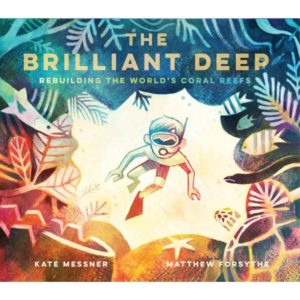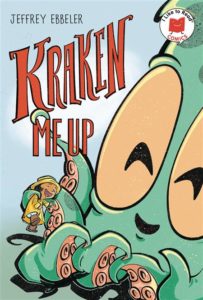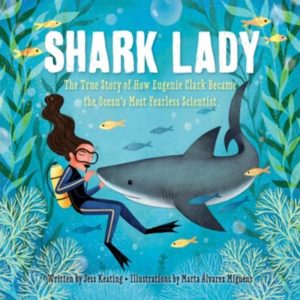How to Sell a Haunted House by Grady Hendrix
Louise never thought her family was weird, really. She’s always heard comments, even from her cousins, but Louise never agreed. Sure, her mom had an obsession, verging on unhealthy, with dolls and puppets. She packed their house full of them, various sizes and materials, and even created art with them, like when she recreated the painting of The Last Supper but with squirrel puppets coming out of the painting in place of the people. Louise, and her brother Mark, grew up with puppets as a big part of their lives, whether they always wanted it that way or not. When their parents unexpectedly die, Louise and Mark are forced to go back to their childhood home to take care of arrangements and sell the house. But when things start getting extra weird around the house, Louise can’t help but wonder: what is up with her weird family? This is the premise of horror author Grady Hendrix’s novel How to Sell a Haunted House.
When Louise is old enough she leaves home and moves across the country, getting as far away from her family as possible. She likes her reserved father well enough; it’s her mom that was always choosing Louise’s estranged younger brother, Mark, over Louise and insisting on filling the house with her weird art creations, puppets, and dolls that Louise couldn’t take any longer. Plus, her and Mark never get along, Louise annoyed by the way Mark always seems to get things handed to him so easily by their parents. Still, Louise loves her parents, despite their quirks. So when Louise gets an unexpected call from Mark telling her that their parents have died in a car accident, Louise is devastated.
Leaving her young daughter Poppy with her ex, Louise travels home to help Mark with arrangements. Louise is horrified to find that Mark has made all decisions and has arranged a company to come in and completely clean out their childhood home so it can be sold. Louise digs her heels in and insists on going through things herself, especially when she learns that all of her mom’s art collection has been left to her. Usually she would make a planned, organized list and get rid of the art, but because her and Mark are not getting along whatsoever she stubbornly refuses to get it done quickly (as only a sibling can).
As Louise goes through the house questions begin popping up in her head. Why is her dad’s cane that he couldn’t get around without still in the living room? Why does the TV keep turning on with two of her mom’s dolls (named after Mark and Louise) sitting in front of it? Why is the attic access boarded up? One afternoon Louise falls asleep at the house, and wakes up to find one of the squirrels from her mom’s recreation of The Last Supper climbing onto the bed, and another curled around her throat. To be clear, these squirrels are not alive, but puppets. Louise attempts to rationalize what is happening, as our brains tend to do in high-stress situations, but after the squirrels attack Louise she isn’t sure if something is wrong with her and she is going through a mental break, or if something unthinkable is happening: haunted puppets.
Louise gets her answer when their mom’s favorite puppet, Pupkin, somehow gets out of the trashcan Louise threw it in and attacks Louise, only to be saved by Mark. Now Mark and Louise must put aside their childhood dislike of one another and band together against the puppets, and ultimately learn how to sell a haunted house and confront their generational trauma.
I appreciate the way Hendrix writes horror. He managed to make this novel spooky and funny and moving all at once. Rather than all scary all the time, Hendrix weaves in true to life emotions and situations for his characters, and adds a dash of humor. Part of the novel is horror and psychological thriller, yes – I mean come on, puppets that come to life? No thank you. However, the other part of the novel is about Mark and Louise reconciling with one another and traumatic experiences they had as children. They start the novel immersed in one set of emotions and opinions about one another, and those perceptions shift as the novel progresses. While some of the novel did read too slowly for me, I liked the combination of family dynamics and horror, and the dark humor sprinkled throughout. This is the first book I’ve read by Hendrix and it won’t be my last – I enjoy the way he navigates the genre of horror.
Find in Catalog
Review by Sarah Turner-Hill, Adult Programming Coordinator





